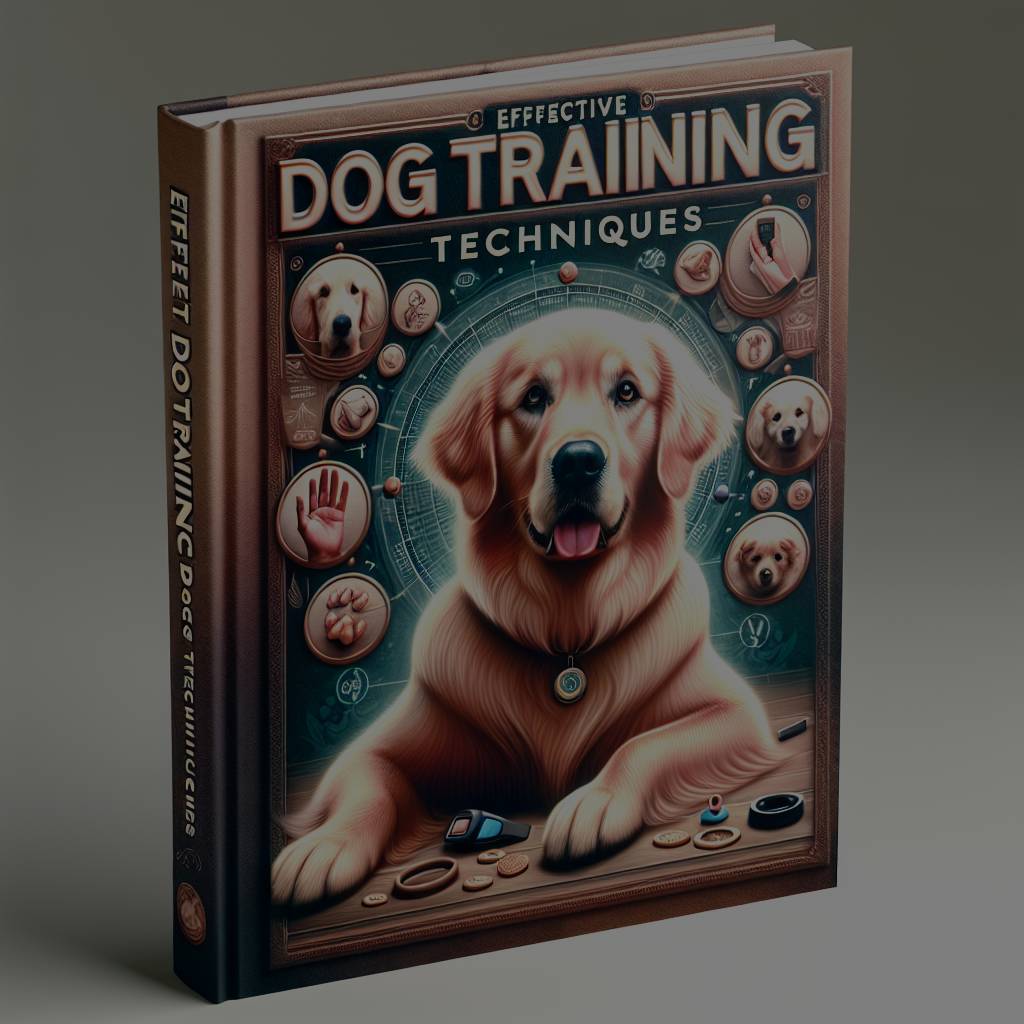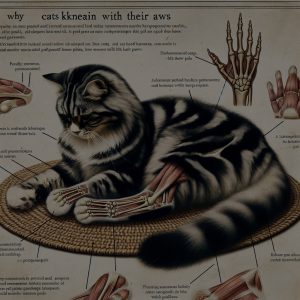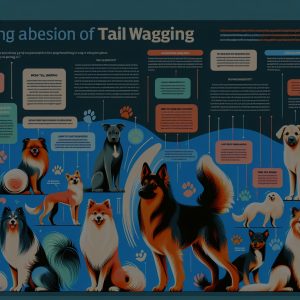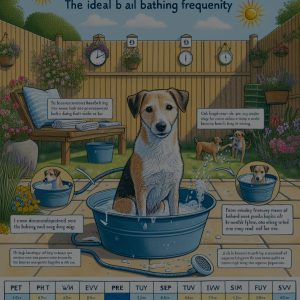
Effective dog training techniques are essential for developing a well-behaved and obedient companion. Training your dog can be a fulfilling experience that strengthens the bond between you and your furry friend. However, it is crucial to understand the fundamentals and implement proven techniques to achieve successful results. This comprehensive guide will provide valuable insights and strategies that can help you train your dog effectively.
Understanding the Fundamentals of Dog Training
Before diving into specific techniques, it is important to grasp the fundamentals of dog training. Dogs are intelligent animals that thrive on structure and consistency. They have the ability to learn and understand commands, but it is up to us as trainers to communicate effectively with them.
One fundamental principle of dog training is positive reinforcement. This technique involves rewarding your dog for desired behaviors, such as obeying commands or performing tricks. By associating these actions with rewards such as treats or praise, your dog will be motivated to repeat them.
Another important aspect of dog training is understanding canine body language. Dogs communicate primarily through body language, and being able to interpret their cues will help you determine their emotions and needs. This knowledge will enable you to address any issues or concerns during training sessions effectively.
Implementing Proven Techniques for Successful Training
Implementing proven techniques plays a crucial role in successful dog training. One such technique is clicker training, which involves using a clicker to mark desired behaviors, followed by a reward. The clicker becomes a conditioned signal that indicates to your dog that they have performed the correct action, making it easier for them to understand and learn new commands.
Another effective technique is leash training. This involves teaching your dog to walk on a leash without pulling or tugging. Begin by introducing your dog to the leash gradually, allowing them to get comfortable with it. Use treats and positive reinforcement to reward good leash behavior and discourage pulling. Consistency and patience are key when leash training, as it may take time for your dog to adjust and learn proper walking etiquette.
Additionally, crate training is a valuable technique for housebreaking and providing your dog with a safe and comfortable space. Introduce the crate gradually, making it a positive and inviting environment. Use treats and rewards to encourage your dog to enter the crate, and gradually increase the duration they spend inside. This technique helps establish a routine and prevents destructive behavior when you’re not able to supervise your dog.
Dog training can be a rewarding and enjoyable experience when approached with the right techniques. Understanding the fundamentals of training, such as positive reinforcement and canine body language, sets a solid foundation for a successful training journey. By implementing proven techniques like clicker training, leash training, and crate training, you can effectively teach your dog new commands, address behavioral issues, and establish a strong bond based on trust and respect. Remember, consistency, patience, and positive reinforcement are key to achieving desired results in dog training. With dedication and effort, you can shape your dog into a well-behaved and obedient companion.
Speaking of effective dog training, you might be interested in exploring more about clicker training, a highly regarded technique that utilizes a sound to mark desired behaviors in your dog. Additionally, understanding leash training can be incredibly beneficial, especially when teaching your furry friend to walk calmly without pulling. Familiarizing yourself with concepts such as positive reinforcement and canine body language can also enhance your training approach, providing a deeper insight into building a fruitful relationship with your pet.










